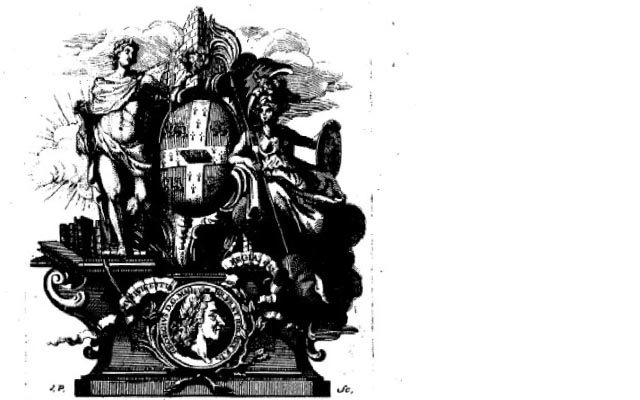
Throughout my Karmiole Fellowship at the Clark Library, my project looked at recent scholarship’s great strides in fusing theoretical and historical works in the realm of disability from an early modern archival point of view. Such work focuses on the various systematic implications of authors, characters, dialogic, devices, illustrations, concerning diminishment, the or loss of the five senses. For early modern disability, texts such as Robert Burton’s Anatomy of Melancholy and the later poetry of John Milton are but two more famous entranceways.
But within the school of early modern letters, and the realm of the senses, I could not help but seek more concerning the visual component of material texts, such as illustrations and engravings, and the archive itself. Discourse in what has been called “blind language” within Shakespeare, Milton, and Herbert drew me into the canon and its outskirts. In time, I became set on working with early modern manuscripts and facsimiles from less famous contemporaries, or ‘minor’ figures, not for the sake of obscurity but to obtain a clearer understanding of how literary blindness worked in all its forms and functions in early modern England.
Scholars of disability have no doubt dealt with such minor figures before. It is the archival component–the materiality of things–coupled with the examination of facsimiles as concerns both the visual and the pictorial image-thinking around themes of sight and unsightedness, that has compelled me to spend time in the archives covering this terrain.
Some of my findings at the Clark Library, which I shared on October 24, may include elements of Richard Brathwait’s Times Curtain Drawne (1621), George Hakewill’s Apology (1632), A Soveraigne Salve to Cure the Blind (1643), and A Paire of Spectacles for the Citie (1647).
I look forward to unpacking such works amidst current disability scholarship and literary history, resulting in what I hope is a new synthesis whereby the unsighted imagination is deliberately fused with the archives–where the empirical is turned on its head, through sightlessness and spatiality, and the materiality of texts emerges forth in a new scholarly line of sight. With references to work done thus far in the field of early modern literature and disability studies, my emphasis on obscurer works lends itself to a vaster archival project on literary cognition, space, empiricism, eschatology, and political theology, informed by the work of Keith Thomas, David Hill, Eric Voegelin, and Ernst Kantorowicz, amongst others.
–Joseph Nicolello
Image: From Patrick, & Chiswell, R. (1698). A commentary upon the first book of Moses, called Genesis / by the Right Reverend Father in God, Symon, Lord Bishop of Ely. (The second edition corrected.). Printed for Ri. Chiswell, at the Rose and Crown in St. Paul’s Church-Yard. Location: Clark Library Rare Book Stacks Cart. P314C1 1698

